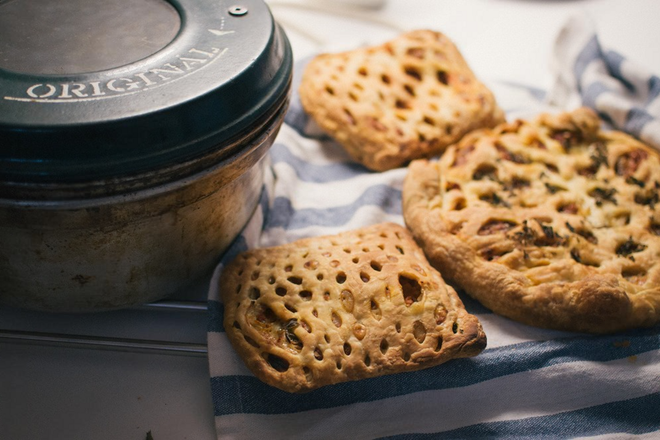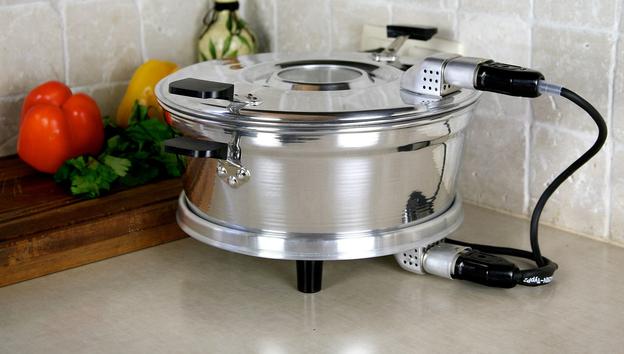Before the Velvet Revolution, a metal bowl with a hefty lid and an electric cable—ideal for baking—was a staple in many Czechoslovak households. Known as the Remoska, this Czechoslovak product remains a trusted appliance in Slovak kitchens to this day.
Do you know its story?
Anyone without a gas or electric oven—especially those who spent time at cottages—came to appreciate this versatile and remarkably practical appliance. It was invented and crafted by the renowned "Czech hands".
In the 1950s, Czech electrical engineer Oldřich Homuta visited Sweden, where he was intrigued by electric pots designed for cooking, though not for baking. Upon returning to socialist Czechoslovakia, he began developing an electric appliance, which soon became a huge success for decades to come. By 1991, more than 1.5 million of these baking bowls had been produced in Czechoslovakia.
However, after 1989, the golden era of the Remoska appeared to be drawing to a close. With growing enthusiasm for Western technological advancements, people began buying microwave ovens, deep fryers, and later steam ovens in large numbers.
In the mid-1990s, a Czech private company sought to revive the Remoska’s proud tradition, updating the design and giving the metal bowl a Teflon coating. Yet, rekindling public interest in the tried-and-tested appliance was not easy—until an extraordinary coincidence changed the course of the Remoska’s story.


 A Remoska cooker (source: Adobe Stock )
A Remoska cooker (source: Adobe Stock )
 A modern Remoska. (source: WIKIMEDIA / CC)
A modern Remoska. (source: WIKIMEDIA / CC)